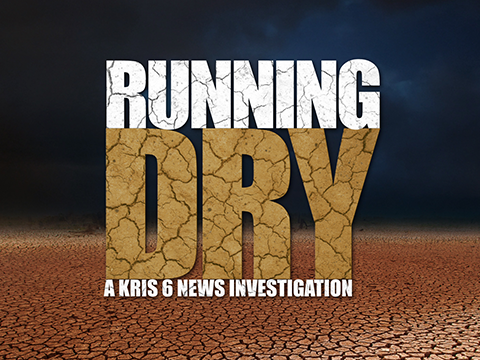The World Health Organization said that childhood immunizations continue to lag worldwide as fewer children remain unvaccinated against certain diseases compared to before the pandemic.
According to the WHO, 2.7 million additional children were considered unvaccinated or under-vaccinated in 2023 compared to 2019.
The WHO said that there was little change between 2022 and 2023 in overall childhood vaccination rates.
One key indicator of global childhood vaccination rates is the proportion of children who received three doses of the vaccine against diphtheria, tetanus and pertussis. According to the WHO, 84% of children were on schedule with their DTP shot in 2023, which is nearly the same as in 2022, but lagged behind 2019 figures.
RELATED STORY | CDC urges more measles vaccines, especially for those traveling
The number of children who did not get a single dose of the DTP shot rose from 13.9 million in 2022 to 14.5 million in 2023. The number of children who missed out on their third dose of the shot was around 6.5 million in 2023.
“The latest trends demonstrate that many countries continue to miss far too many children,” said UNICEF Executive Director Catherine Russell. “Closing the immunization gap requires a global effort, with governments, partners, and local leaders investing in primary healthcare and community workers to ensure every child gets vaccinated, and that overall health care is strengthened.”
One positive trend is the percentage of children fully vaccinated against measles increased to 74% in 2023. But the WHO says this figure falls well short of the 95% vaccination rate needed to prevent the disease from causing outbreaks.
“Measles outbreaks are the canary in the coalmine, exposing and exploiting gaps in immunization and hitting the most vulnerable first,” said Dr. Tedros Adhanom Ghebreyesus, WHO director-general. “This is a solvable problem. Measles vaccine is cheap and can be delivered even in the most difficult places."
How vaccination rates in the U.S. compare
According to the Centers for Disease Control and Prevention, 80.4% of children born in the U.S. in 2016 had their full number of DTP vaccines by 2019. The CDC added, however, that it considers children at age 2 with four DTP shots to be fully vaccinated. The government has set a target of 90% for the vaccine.
The CDC recommends that children get a DTP vaccine at the following ages:
- 2 months
- 4 months
- 6 months
- 15-18 months
- 4-6 years
Meanwhile, 90.8% of children in the U.S. had gotten their measles, mumps and rubella shot, the CDC said.
The CDC says the first dose of a measles vaccine should be administered at 12 to 15 months of age, and the second dose at 4 through 6 years of age.



